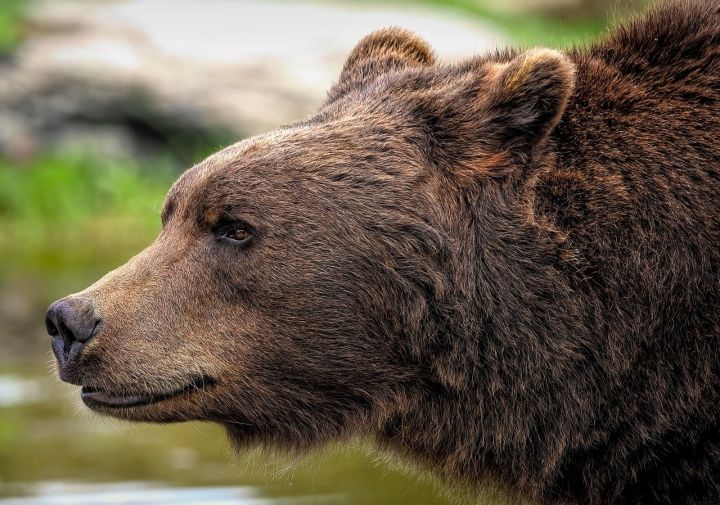How Does Trash Affect Bear Populations?
Trash is a growing problem in many parts of the world, and its impact on wildlife is often overlooked. One particular group of animals that is greatly affected by trash is bears. These majestic creatures are not only threatened by habitat loss and climate change but also by the presence of human waste in their environment. In this article, we will explore how trash affects bear populations and discuss the implications of this issue.
The Attraction of Trash
Bears are highly intelligent animals with a keen sense of smell, and they are naturally drawn to food sources. Unfortunately, trash provides an easy and accessible food source for bears. When bears come into contact with trash, they quickly learn that it is a reliable and abundant source of food. This creates a dangerous cycle in which bears become habituated to human areas and are more likely to engage in risky behaviors, such as raiding trash cans or breaking into dumpsters.
The Health Risks
Trash is not only unhealthy for humans but also for bears. When bears consume trash, they are exposed to a variety of harmful substances, including chemicals, plastics, and spoiled food. These substances can have serious health consequences for bears, leading to digestive problems, malnutrition, and even death. Additionally, bears that regularly feed on trash are more likely to become overweight or obese, which can further impact their overall health and well-being.
Conflict with Humans
As bears become habituated to human areas due to the availability of trash, the risk of conflict between bears and humans increases. Bears that are used to feeding on trash may lose their fear of humans and become more aggressive. This can lead to dangerous encounters, especially in areas where bears and humans coexist. In order to protect both bears and humans, it is essential to address the issue of trash and reduce its availability in bear habitats.
Mitigating the Problem
Efforts to reduce the impact of trash on bear populations involve a combination of education, legislation, and infrastructure improvements. Education plays a crucial role in raising awareness about the dangers of leaving trash unsecured and the importance of proper waste management. By educating the public about the negative consequences of trash on bear populations, we can encourage responsible behavior and reduce the availability of food sources for bears.
Legislation also plays a key role in addressing the issue of trash. Many areas have implemented laws and regulations that require residents and businesses to properly secure their trash to prevent bears from accessing it. These laws not only protect bears but also promote a cleaner and safer environment for everyone.
Furthermore, infrastructure improvements can help mitigate the problem of trash. Installing bear-proof trash cans and dumpsters in areas with high bear activity can significantly reduce the availability of food sources for bears. These containers are designed to be resistant to bears’ attempts to access them, effectively preventing bears from feeding on trash.
The Importance of Conservation
Protecting bear populations from the negative impacts of trash is vital for their long-term survival. Bears play a crucial role in ecosystems as seed dispersers and predators, helping to maintain a balanced and healthy environment. By addressing the issue of trash and reducing its impact on bear populations, we are not only protecting these magnificent creatures but also preserving the overall biodiversity and health of our ecosystems.
In conclusion, trash has a significant impact on bear populations. It attracts bears to human areas, exposes them to harmful substances, and increases the risk of conflict with humans. However, by implementing education, legislation, and infrastructure improvements, we can mitigate the problem and protect bear populations for future generations. It is crucial that we recognize the importance of responsible waste management and take action to reduce the availability of trash in bear habitats. Only through collective efforts can we ensure the long-term survival of bears and the preservation of our natural world.






